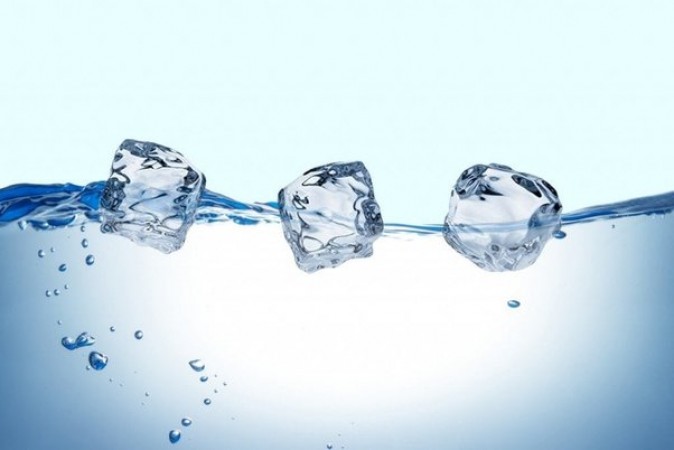
Ice, typically less dense than liquid water, floats on its surface due to a principle known as buoyancy. Buoyancy is governed by Archimedes' principle, which states that the upward buoyant force on an object immersed in a fluid is equal to the weight of the fluid that the object displaces.
The Anomaly: Ice in Alcohol
1. Density Discrepancy: Unlike water, where ice is less dense than liquid water, the situation is different when ice encounters alcohol. In many cases, ice sinks in alcohol, seemingly defying the expectations set by its behavior in water.
2. Alcohol's Molecular Structure: The explanation lies in the molecular structure of alcohol. Alcohol molecules are typically less polar than water molecules. This difference in polarity affects the interactions between the molecules and determines the density of the substance.
3. Lower Density of Ice in Alcohol: In the case of alcohol, the density of ice is often higher than that of the liquid alcohol. Consequently, when ice is introduced into alcohol, it tends to sink rather than float.
The Science Behind It: Molecular Interactions
1. Hydrogen Bonding: In water, hydrogen bonding between water molecules creates a lattice-like structure in ice, making it less dense than liquid water. However, alcohol molecules do not form such extensive hydrogen bonds, resulting in a denser ice-alcohol mixture.
2. Intermolecular Forces: The strength and nature of intermolecular forces between molecules play a crucial role. While hydrogen bonding dominates in water, weaker forces like London dispersion forces prevail in alcohol. These differences lead to variations in density and buoyancy behavior.
Practical Applications and Examples
1. Cocktails and Mixology: Bartenders and mixologists often encounter the phenomenon of ice sinking in alcoholic beverages. Understanding this behavior helps in crafting drinks with desired aesthetics and serving presentations.
2. Scientific Investigations: Researchers and scientists studying the properties of liquids explore the behavior of ice in various solvents, including alcohol. This knowledge contributes to advancements in fields such as chemistry and material science.
Unraveling the Mystery
While ice floating in water is a familiar sight, its sinking in alcohol presents a curious anomaly rooted in the molecular characteristics of the substances involved. By delving into the science behind density, buoyancy, and molecular interactions, we gain a deeper appreciation for the intricate behavior of materials in different environments.